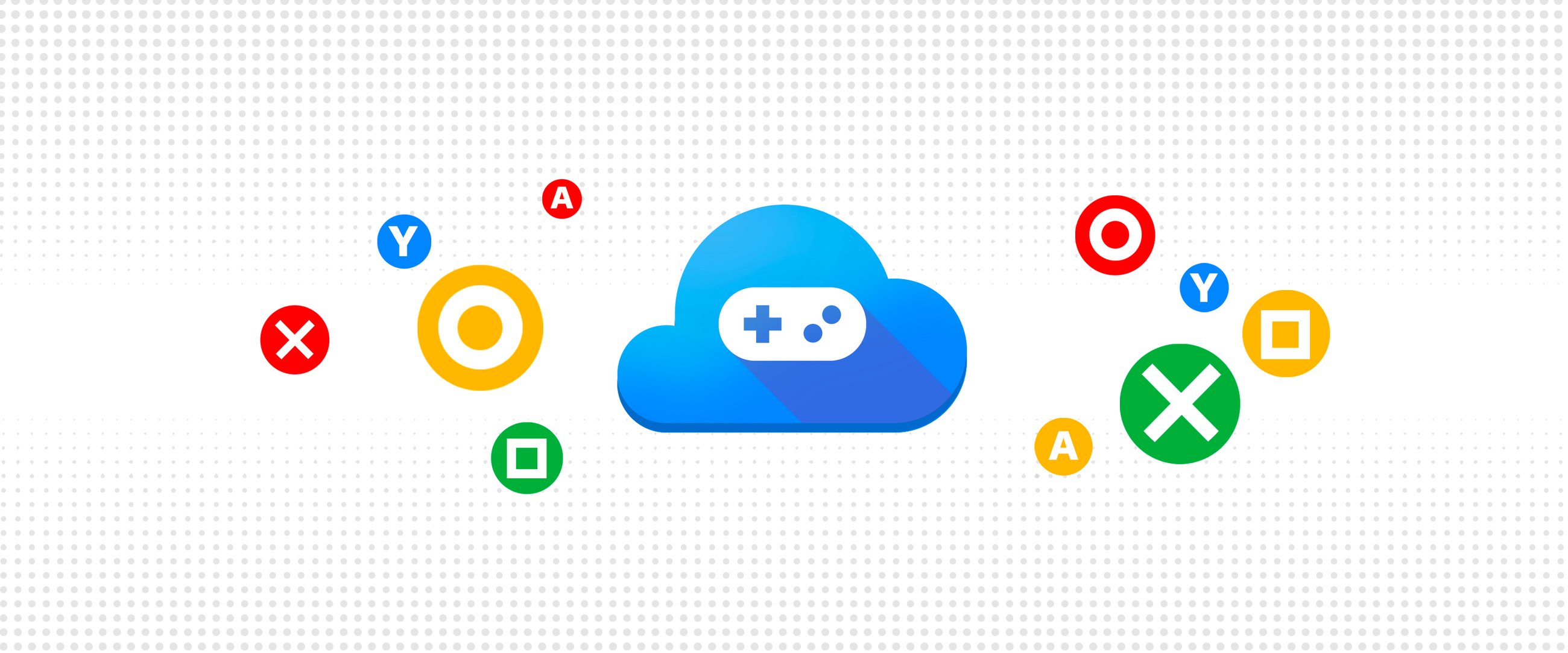Making connected games a reality for all developers

Javier Tordable
Technical Director, Google Cloud
The gaming industry is undergoing a massive transformation. It eclipsed the movie and music industries based on economic impact years ago, and is becoming the key driver for entertainment spending across the globe, at well over $100B worldwide. Platforms such as iOS and Android have brought gaming to billions of people. Video sharing and live streaming have popularized an entire new movement of eSports, reinforcing gaming’s popularity. Connected games featuring rich multiplayer experiences, online stores, and in-game events have become instant hits across hundreds of millions of people, and brought massive financial success to their developers.
But if we look at trends in the industry, we are still far from its maximum potential. Traditional monetization models, such as packaged software sold in retail stores, are increasingly being replaced with in-game transactions and subscription models. The path that Netflix trail-blazed for video on-demand is making its way to gaming. Gaming hardware and major game developers are starting to explore subscription-based unlimited consumption models. And the advent of GPUs in data centers and reliable and economical cloud infrastructure is opening the door to remote game streaming, as exemplified by offerings from Sony and Nvidia. Ubisoft for instance has been very public about the potential of streaming to replace other gaming models.
In my role within the Office of the CTO, I talk to game executives that are intrigued by the opportunities presented by connected gaming, but also wary of the challenges. In addition to the traditional engine and content work, game studios now have to develop expertise in designing, deploying and managing DevOps for substantial network infrastructure components, multiplayer servers, persistent game worlds and matchmaking engines. Connected games feature leaderboards, microtransaction stores, payment processing, anti-abuse systems and player analytics. These are just some of the examples of services that developers may have to implement to compete in this arena. All that on top of the more fundamental problem of procuring, managing and securing computing infrastructure.
At Google Cloud we’ve spent many years building reliable infrastructure that game companies and indie development studios can leverage to create these new types of gaming experiences. The main limiting factor to adopting this technology is expertise in cloud computing. Because of that, we recently announced an alliance with Unity to develop infrastructure, tools and open-source components to bridge this gap, and help game studios large and small develop rich, full-featured connected multiplayer experiences faster and more reliably. For example, last week, we released Open Match, an open-source matchmaking engine.
Our goal with this alliance is to provide easy-to-use solutions for common game development problems, such as deploying a multiplayer server without having expertise in setting up VPCs and load balancers. We want to enable easy interaction with tools game developers are already familiar with—the Unity editor and development dashboard—and provide an easy way for game developers to integrate multiplayer logic into their games.
We also think that it should be easier to leverage Google Cloud to do things that are not otherwise possible today with on-prem systems. For example, imagine being able to capture player behavior across tens of millions of devices, stream it to a data warehouse and perform real-time analytics on it to improve player experience. This is beyond the capabilities of any traditional single-node database, but it’s possible using BigQuery, Google’s massively scalable data warehouse.
If you want to learn more about how your organization can start leveraging Google Cloud for online multiplayer games, make sure to register for Cloud Next Tokyo or London, where Unity and many of us at Google will be presenting. We can’t wait to see what new games you will build!


